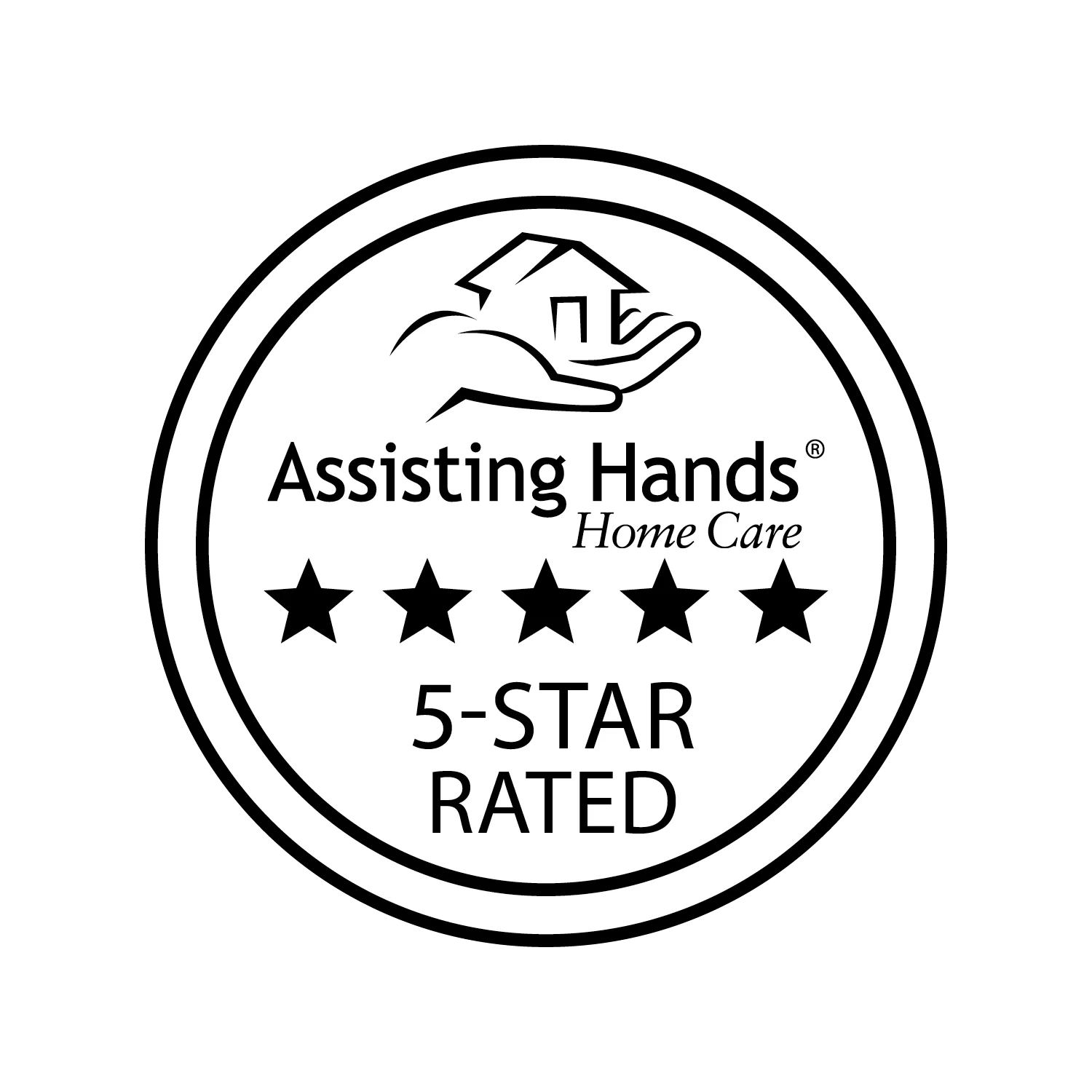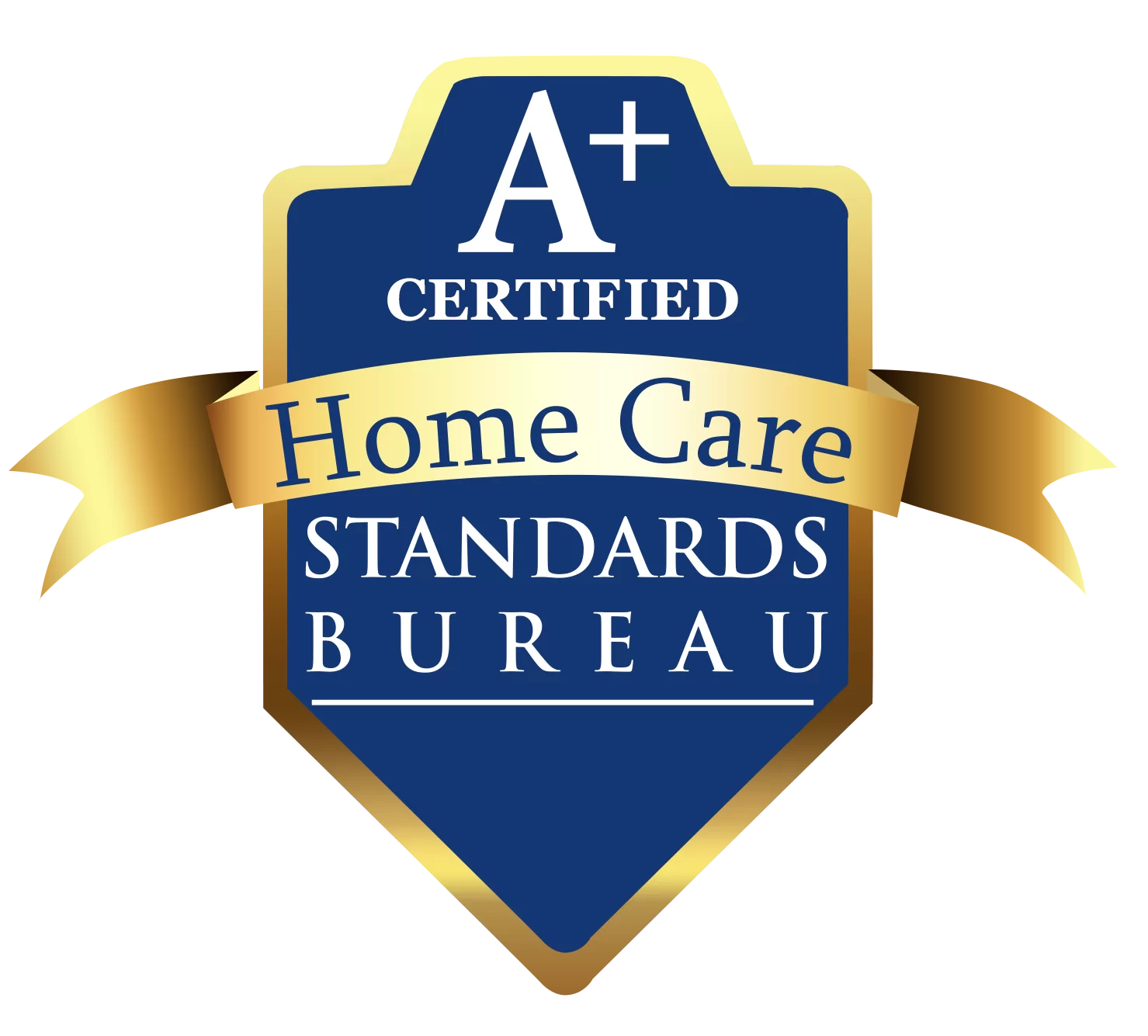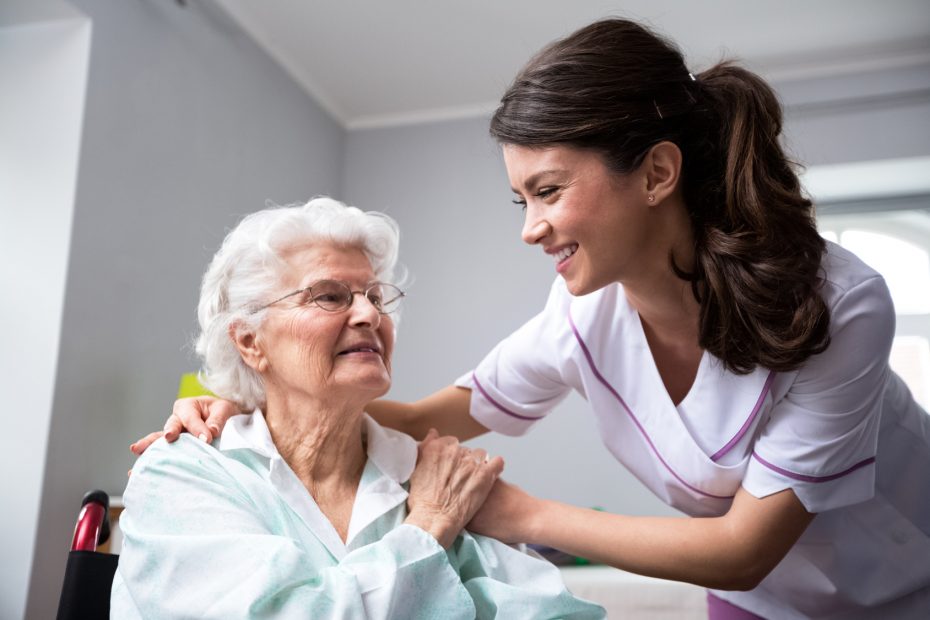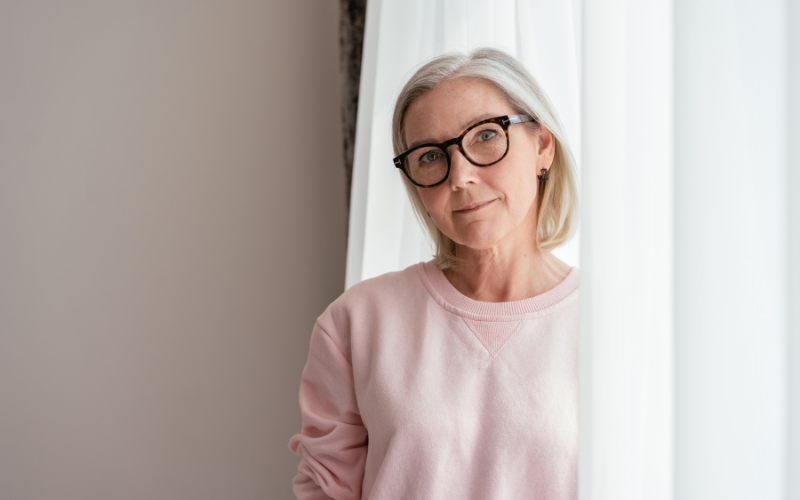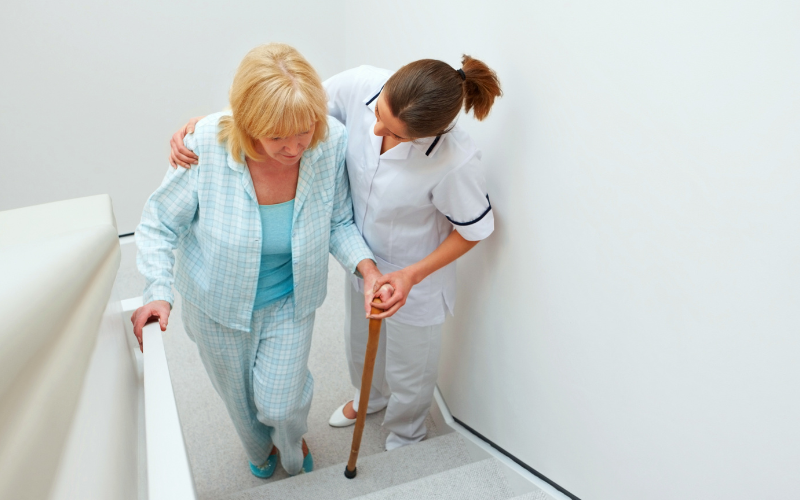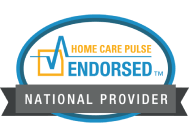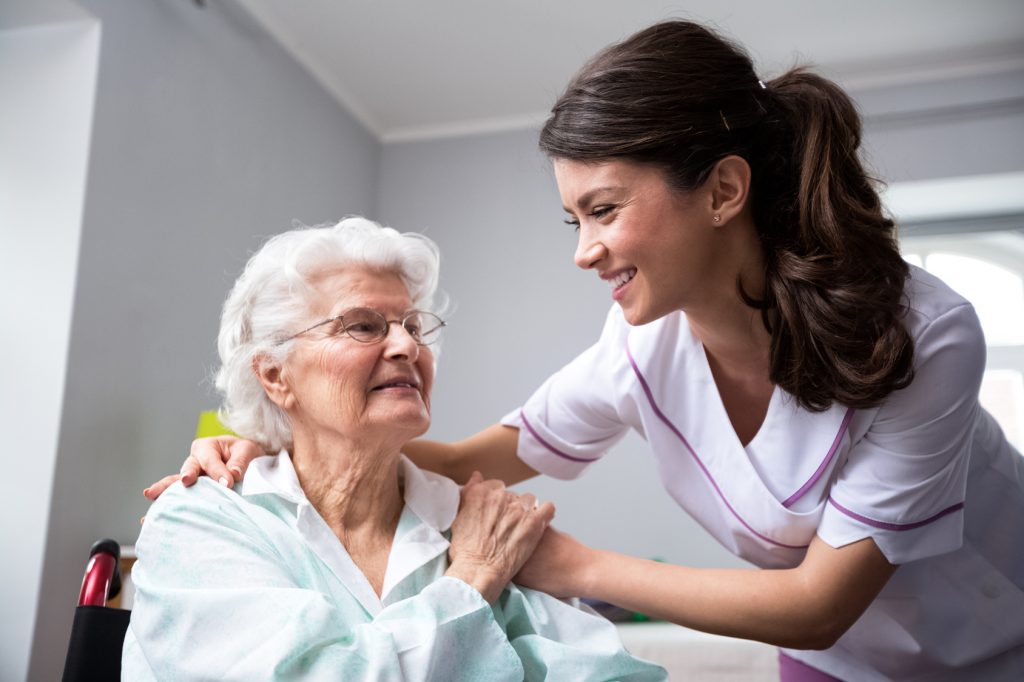
Shingles, caused by the same virus that causes chickenpox, may have innocuous beginnings, but can cause serious health complications in seniors. As an uncomfortable skin condition, shingles in the elderly should be identified and treated to reduce the risk of additional dangers.
Herpes zoster is the clinical term used to describe shingles. The varicella-zoster virus is the parent virus that causes both the chickenpox early in life and, possibly, shingles later in life. After recovering from chickenpox, the virus survives and remains in some nerve cells.
The majority of adults who had the chickenpox will not develop shingles later, since the varicella-zoster virus remains inactive in these individuals. However, about one out of every three adults is susceptible to the varicella-zoster becoming active again and can develop a case of shingles.
Older adults, particularly those over age 60, are at a higher risk for complications when shingles erupts. Seniors’ immune systems naturally weaken with age, making it increasingly difficult for their bodies to fight off infections, like shingles. Complications linked with shingles can be life threatening.
How do caregivers identify shingles symptoms?
Early medical intervention is critical to resolving shingles in seniors and preventing the risk of serious complications. Immediate treatment is important as soon as symptoms appear, despite the fact that shingles heals on its own, typically within three to five weeks.
Itchy rashes may develop on one small area. Known as a shingles rash, the band appears on one side of the body, such as the torso or face. The senior may feel pain before the rash appears; and, the individual may experience lingering pain after the skin irritation has disappeared.
Irritated skin becomes extremely sensitive to touch. For some individuals suffering from a bout of shingles, even a slight breeze or touch can trigger intense physical pain. Common shingles symptoms also include chills, fever, and headaches. The affected senior may feel nauseous, too.
Prior to developing the rash, a senior suffering from shingles may experience symptoms, like tingling or numbness of the skin. Fluid-filled blisters emerge within a few days of the rash. Blisters near the eye demand urgent medical treatment, since they can cause long-lasting eye damage or even blindness.
These aforementioned symptoms are worse in the elderly, in comparison to younger people, and should be treated early on to prevent the emergence of chronic pain. The senior should see a physician for a medical evaluation no later than three days after the first symptoms appear.
One of the best approaches to prevent Shingles is to maintain a good hygiene routine. Check out Personal Hygiene Checklist for the Elderly Blog for a proper guideline and practice.
How do caregivers help seniors manage shingles?
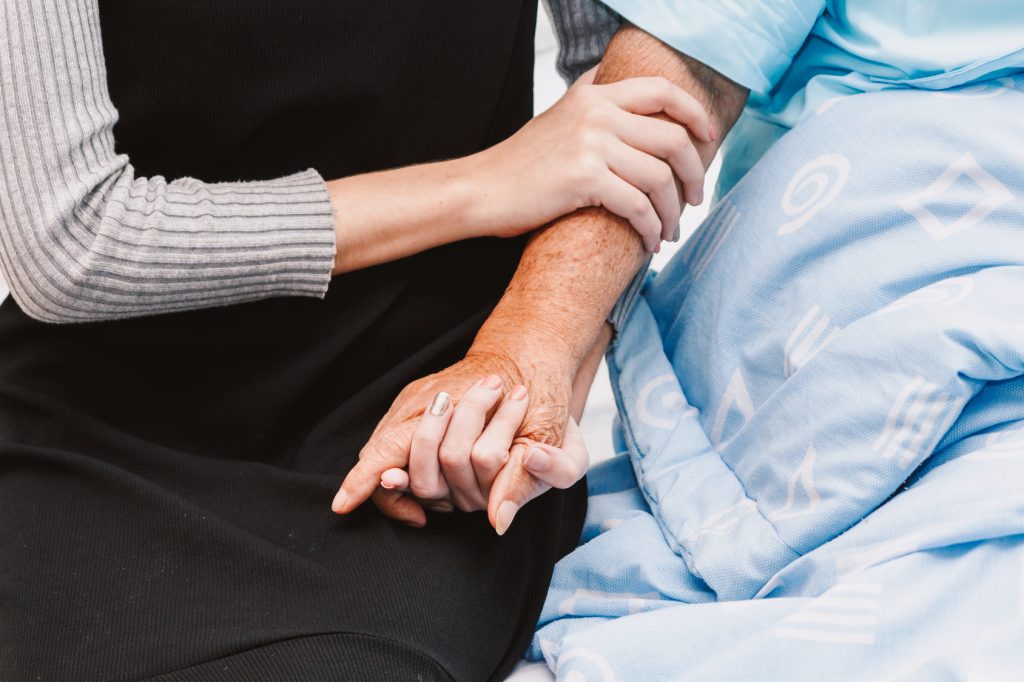
Antiviral medication is the first line of defense for seniors suffering from an outbreak of shingles. Antiviral medications include three types: acyclovir (an effective drug, but requires five doses per day), valacyclovir (has few side effects and requires three daily doses), and famciclovir.
Seniors who experience mild pain from shingles may take over-the-counter drugs, like Tylenol or Advil. Serious pain may require corticosteroids or opioid pain relievers; these pain medications should be weighed carefully, since they can interact adversely with medicines the senior currently takes.
Aside from medicine, aging adults will feel relief from wearing loose-fitting clothing. Natural fiber clothes are recommended. Itchy skin may be relieved by applying calamine lotion. Caregivers might also prepare an oatmeal bath for the care recipient as a soothing remedy.
The affected skin should be kept clean. Apply a cool washcloth to the senior’s skin to reduce pain; the cloth may also be used to dry the blisters. Caregivers should monitor the senior so that she does not scratch the blisters, which can lead to an infection or scarring.
Pain management strategies also include relaxation and adequate rest. Caregivers might encourage activities that distract the senior from her shingles pain, such as watching TV, reading, chatting with a companion caregiver, engaging in craftwork, or working in the backyard garden.
Caregivers are advised to prepare balanced meals to ensure the senior eats nutritiously and receives an abundance of healing vitamins and minerals. Nutrient-dense foods include fresh fruits, whole grains, vegetables, and healthy oils. Snacks without added salt or sugars should be served.
Incorporate stretching or walking into the senior’s daily schedule. The senior should check with the doctor prior to beginning of any type of exercise routine. Caregivers should try to avoid scenarios that trigger stress, which can aggravate the senior’s shingles pain.
Managing shingles requires that the senior take steps to reduce the possibility of spreading the virus to others. Elderly individuals should keep the rash covered and frequently wash their hands. They must limit contact with people who have weakened immune systems or who haven’t had the chickenpox.
Preventing shingles in the first place should be a priority. The current shingles vaccine, Shingrix, is even more effective than its vaccine predecessor. Caregivers may transport the senior to a pharmacy or doctor’s office to get vaccinated with the shingles vaccine, which is given in two doses.
Shingles can be successfully managed once identified. If your elderly loved one develops a chronic condition, she might need extra support at home. Turn to Assisting Hands Home Care for quality elder care services. We offer comprehensive in-home help to ensure seniors live with dignity.
Our professional caregivers’ responsibilities include assistance with personal hygiene tasks, meal preparation, transportation to doctor’s offices for vaccines and checkups, fall prevention services, and light housekeeping. We are also pleasant companions, reducing seniors’ loneliness and isolation through conversations and recreational activities.
Assisting Hands Home Care offers flexible scheduling to meet any families’ care needs. Our respite care is ideal for short-term help. Continuous care is provided with our 24-hour care or live-in care. We are also available for post-hospitalization care, compassionate dementia care, and hospice care.
Each senior’s care needs are unique, which is why Assisting Hands Home Care customizes our care plans. Choose our reputable home care agency for all your elderly loved one’s care needs, like so many families in Plainfield, Illinois, and surrounding Kendall County, have. Call us at (815) 201-5445 to schedule an in-home consult.




